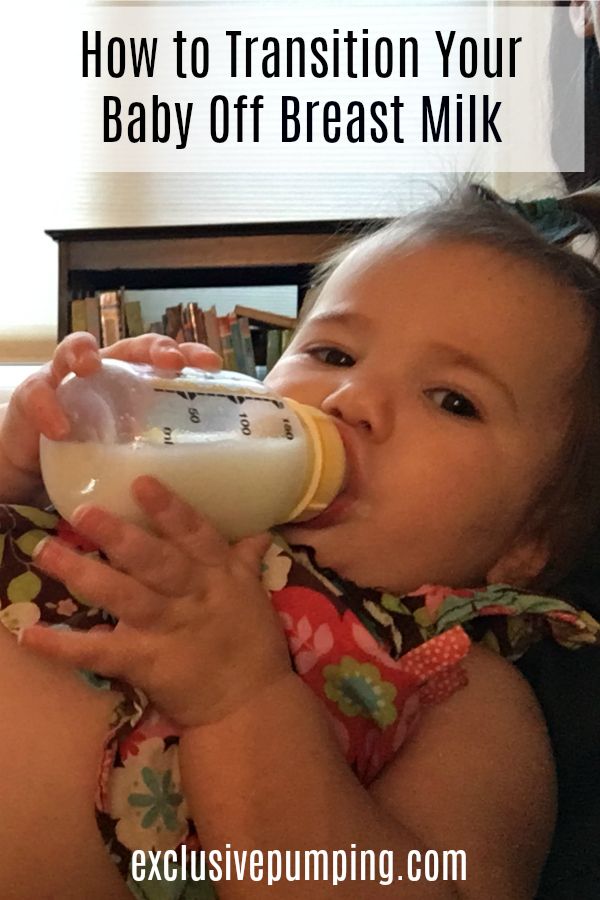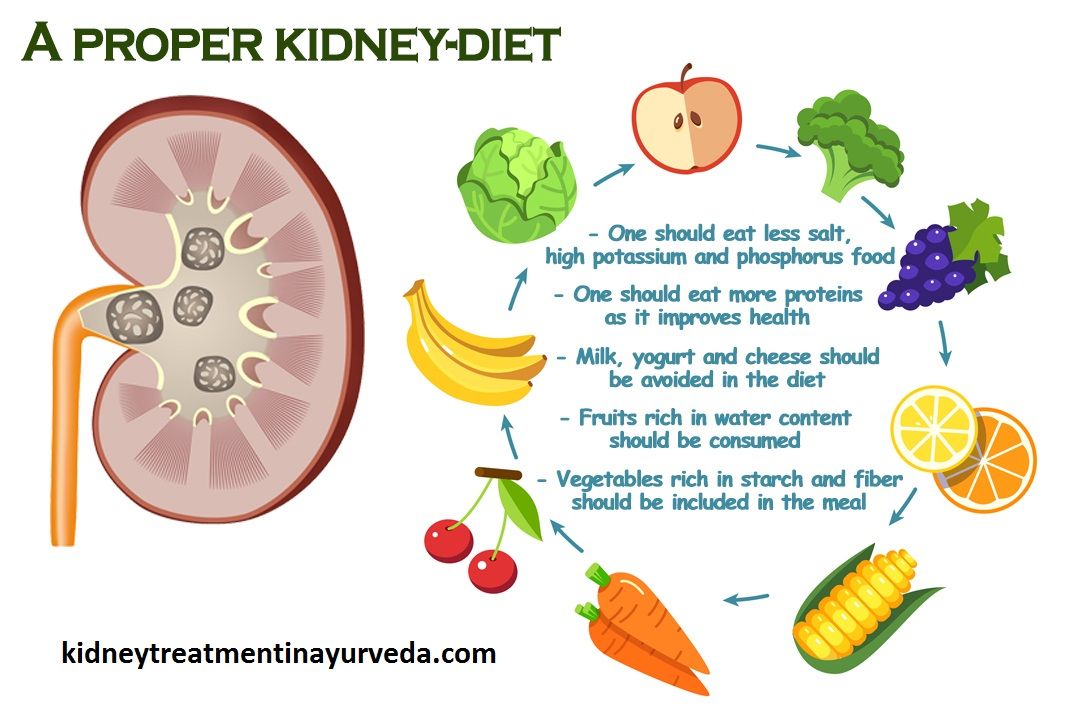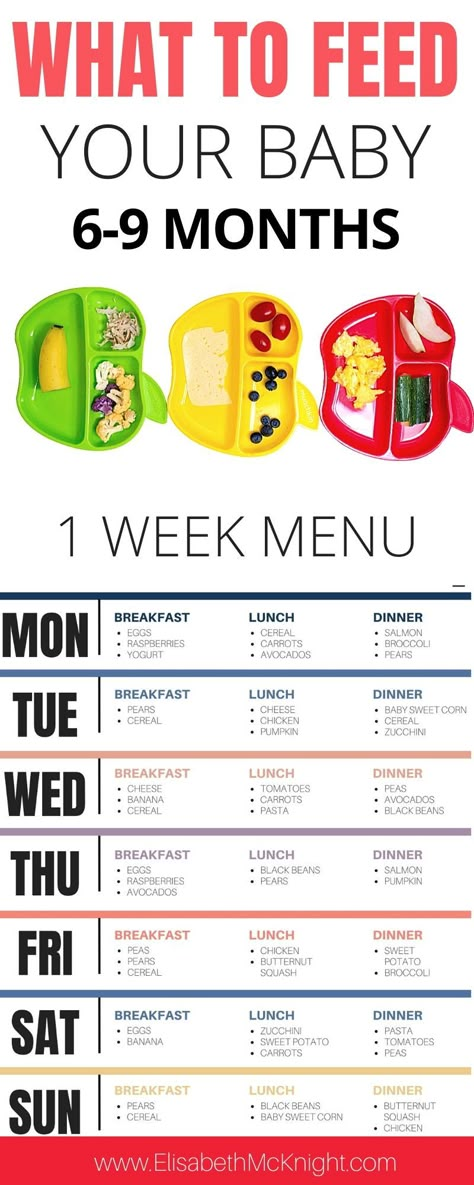When to stop feeding baby formula milk
When Do Babies Stop Drinking Formula?
When do babies stop drinking formula? This is a question every parent of a formula-fed baby asks themselves, as there will come a time when your little one is ready to make the big switch to milk. Would you like to know how long babies drink formula and how to transition from formula to milk? We’ve got you covered with all the answers to these common questions and more!
How Long Do Babies Drink Formula?
So, at what age do babies stop drinking formula? The general rule of thumb is to start transitioning from formula to cow’s milk at 1 year, but not anytime sooner. During the first year of life, babies experience rapid growth and development and require nutrient-rich breast milk or formula to supply what’s necessary and essential to support their development. Though nutritious, cow’s milk can’t be digested by babies younger than 1.
How to Transition From Formula to Milk
Switching from formula to milk is fairly straightforward—you simply swap the two! This is because formula and milk are nutritionally similar. Of all the formulas sold in the United States, 8 out of 10 are cow’s milk-based formulas.
Manufacturers make formula digestible and adequately nutritious for newborns by treating and fortifying it. And since babies can start drinking milk only when their digestive systems are ready, formula will get them through that first year. By the time your little one is 12 months, they’ll be ready to enjoy nutritious cow’s milk!
To learn more about how your little one will develop through the years, check out our baby growth calculator below!
Introducing Solids: 6 Months
Prior to the transition from formula to milk, you’ll expand your baby’s menu by incorporating a few solid foods into their diet, usually when your little one is about 6 months old. This will help your child (and their digestive system) get used to trying new flavors. Here’s what to do at 6 to 12 months, before you begin switching from formula to milk:
Introduce solid foods.
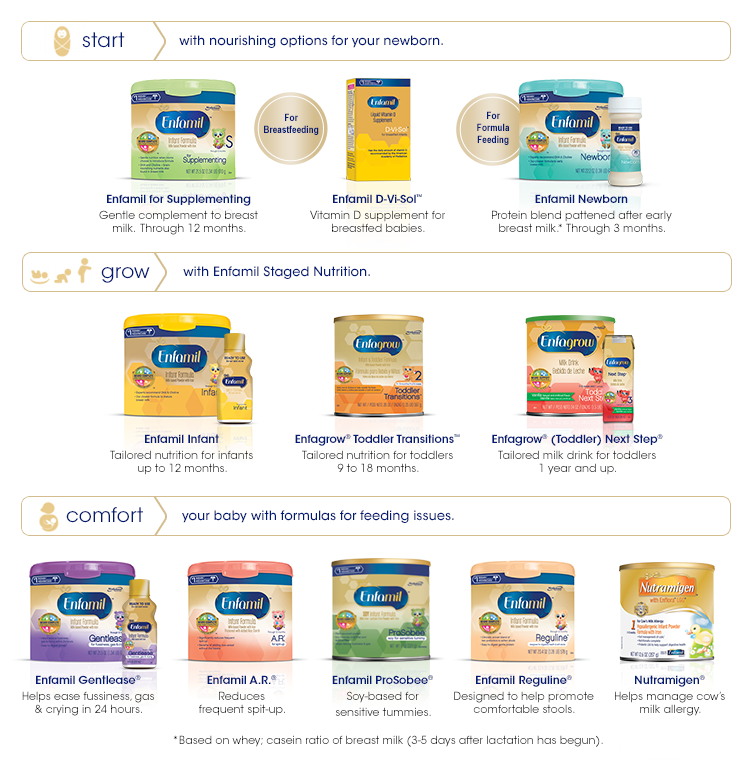 At about 6 months, you can start introducing baby-friendly solid foods to your little one. The nutrients in these soft, small foods will balance nicely with those found in formula.
At about 6 months, you can start introducing baby-friendly solid foods to your little one. The nutrients in these soft, small foods will balance nicely with those found in formula.
Pair solids with formula. From 8 to 12 months, babies need just 22 to 32 ounces of formula each day. The rest of your little one’s diet will consist of solid foods.
As your baby gets used to this new smorgasbord of foods, you can simply swap the formula for milk. It doesn’t have to be a gradual process unless that better fits your little one’s needs.
Making the Transition: 12 Months
At 12 months, your baby is ready to make the full switch to milk. However, as your little one starts drinking milk, you may notice a few changes in feeding behavior. Here are a couple of things to keep in mind:
A reduced appetite is normal. As your baby develops, their rate of growth starts to slow down, and you may notice a reduced appetite.
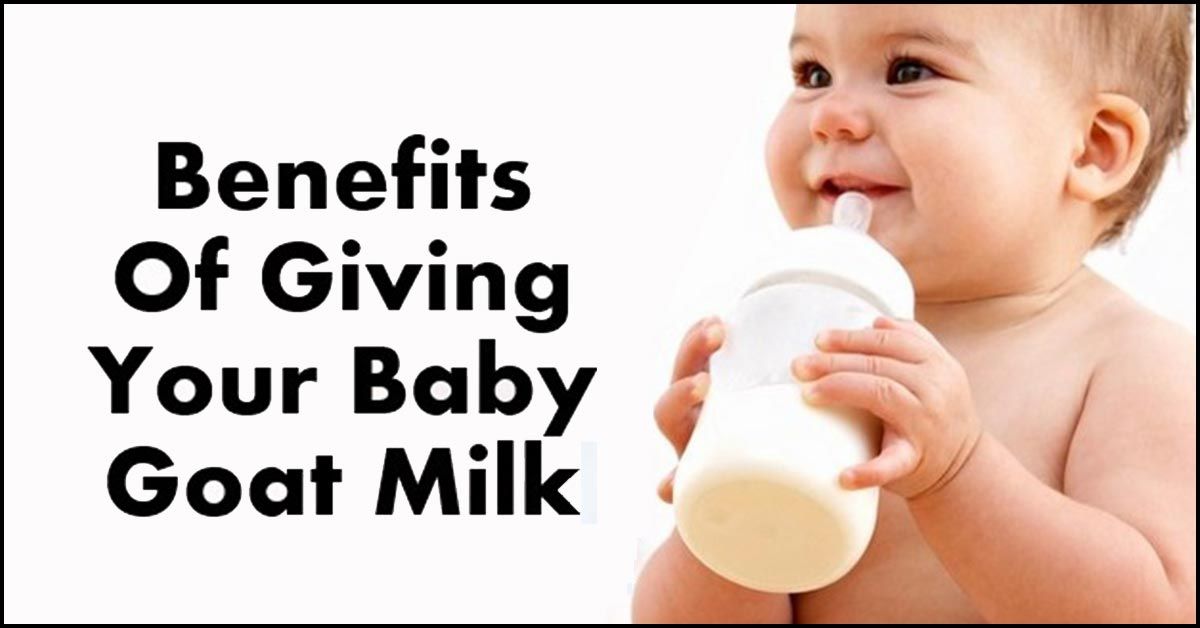 This is totally normal, and at 1 year, your little one really only needs about 1,000 calories a day to support their development.
This is totally normal, and at 1 year, your little one really only needs about 1,000 calories a day to support their development.
It’s OK to be picky about food. Maybe your toddler won’t want to eat all the food on their plate, and that’s OK! What’s more important is consuming nutrient-dense milk and letting your baby lead the way by experimenting with other flavors in solid foods.
Adding one-half to one cup of whole or 2 percent milk to each meal or snack will do the trick. In total, aim for about three cups of milk each day.
And it’s really that simple! Your baby may even prefer the taste of cow’s milk to formula. The challenge in getting your toddler to eat is less about how to transition from formula to milk and more about your little one becoming accustomed to and enjoying a varied diet of solid foods. Read more about your baby’s first solid food and how to introduce solids into your little one’s feeding schedule.
Alternatives to Cow’s Milk
There are a few reasons you might choose an alternative to cow’s milk as you start transitioning from formula to milk.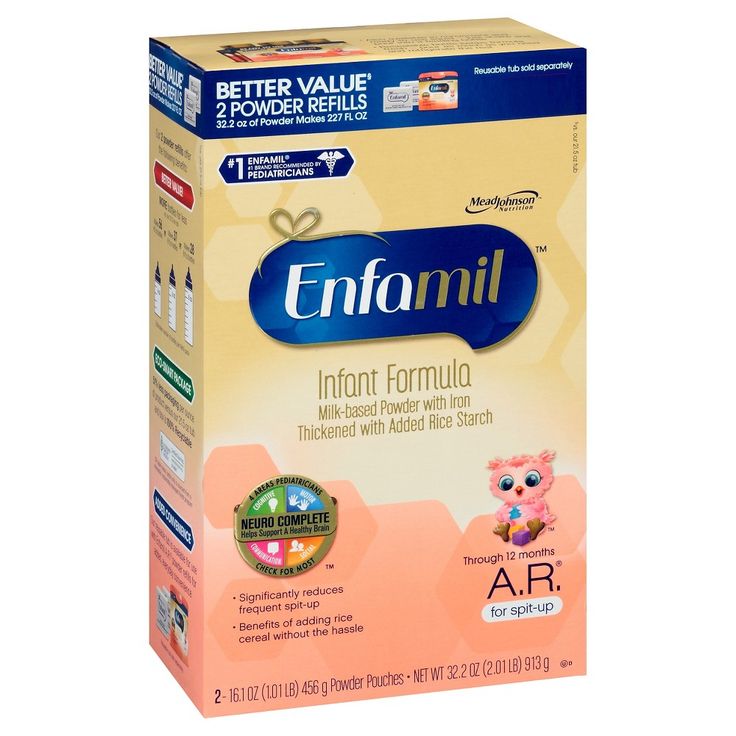 Some babies may have lactose intolerance or a milk allergy. Perhaps your little one simply doesn’t like the taste, or maybe your family prefers to avoid animal products.
A fortified, unsweetened soy milk is often recommended as a substitute for cow’s milk. There are other plant-based options that may or may not contain the right amount of protein and vitamins to support healthy growth.
If you’d like to use an alternative to cow’s milk, consult your healthcare provider to make sure your baby is getting the nutrients they need.
Some babies may have lactose intolerance or a milk allergy. Perhaps your little one simply doesn’t like the taste, or maybe your family prefers to avoid animal products.
A fortified, unsweetened soy milk is often recommended as a substitute for cow’s milk. There are other plant-based options that may or may not contain the right amount of protein and vitamins to support healthy growth.
If you’d like to use an alternative to cow’s milk, consult your healthcare provider to make sure your baby is getting the nutrients they need.
How to Start Weaning Your Baby Off Formula
Luckily, the process of transitioning from formula to milk is fairly simple. However, there are a few tips to make the switch as smooth as possible as you wean your baby off formula.
Weaning typically refers to the gradual transitioning from breast feeding to bottle feeding; in this case, it can also refer to preparing your baby to switch from formula to milk. Although you can simply swap formula for milk, here are a few things you can do to get ready for the big change!
Although you can simply swap formula for milk, here are a few things you can do to get ready for the big change!
Diversify flavors. The first step is to use solid foods to diversify flavors and get your baby used to eating new foods. As mentioned above, this can typically start at about 6 months.
Practice hand coordination. As your baby starts to eat solids, let them use a spoon independently. This will help your little one build coordination and fine motor skills for eating on their own and using a cup when drinking milk.
Transition to a cup. Many parents wonder when a baby should stop using a bottle. You can introduce a cup once your baby has the necessary coordination and hand skills, which could be as early as 6 months. After practicing eating with fingers and a spoon, your baby may be ready to completely self-feed and drink from a cup at around 1 year.
Start gradually by letting your baby hold a cup and get a feel for it.
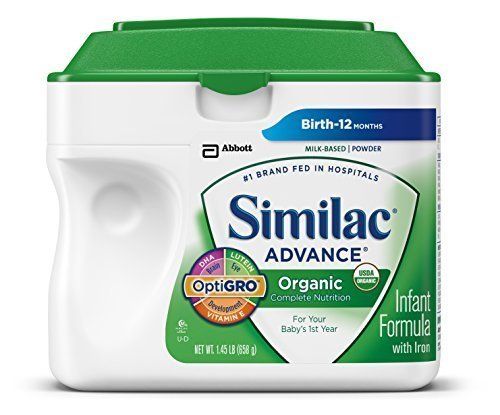 Then put a little formula in it and show them how to tip it back and sip. Use a baby-friendly sippy cup to help avoid spills and dribbles!
Then put a little formula in it and show them how to tip it back and sip. Use a baby-friendly sippy cup to help avoid spills and dribbles!
Once your baby has the hang of it, change one bottle feeding to a cup each day and work your way up. Eventually, you can swap every bottle for a cup.
Every child is different, and your baby may not want to drink from a cup right away. Be patient, as your little one may need 6 months or more to make the full transition.
Transitioning Gradually From Formula to Milk
Some babies need a little more time to make the switch from formula to milk, and that’s OK! Simply introduce milk little by little. Be patient and know that your toddler is on the right path. In the end, what’s most important is offering your little one food with a variety of nutrients, flavors, and textures throughout the week. No need to worry if you have a picky eater on your hands. Within an entire week—believe it or not—it usually works out, and even the pickiest eaters will most likely get the nutrients they need!
When Do Toddlers Stop Drinking Milk?
Once you’ve made the switch, and your little one is drinking milk every day, the next question on your mind could be: when do toddlers stop drinking milk?
This common question has a complex answer. Milk is an important source of fats, protein, calcium, and vitamins A and D, and children of any age as well as adults can continue to drink it for the rest of their lives if they wish. However, lactose intolerance can appear later in life, typically in older children and adults. So, just watch for signs of digestive discomfort and talk to your healthcare provider if you suspect an intolerance or allergy to milk.
During the stage when your child is drinking milk, it’s helpful to know how much of it a toddler typically needs:
Milk is an important source of fats, protein, calcium, and vitamins A and D, and children of any age as well as adults can continue to drink it for the rest of their lives if they wish. However, lactose intolerance can appear later in life, typically in older children and adults. So, just watch for signs of digestive discomfort and talk to your healthcare provider if you suspect an intolerance or allergy to milk.
During the stage when your child is drinking milk, it’s helpful to know how much of it a toddler typically needs:
12-24 Months: Three cups per day.
24+ Months: Two cups per day.
At 24 months, your child is getting important nutrients from other sources, like solids. So, you can lower the amount of milk they consume.
The Bottom Line
So, when do babies stop drinking formula? The answer is surprisingly simple! At about 12 months, your baby’s digestive system is ready to start processing nutrient-rich cow’s milk. And transitioning from formula to milk is even easier—just swap it!
And transitioning from formula to milk is even easier—just swap it!
Before you make the transition, you can introduce new flavors via solid foods to your little one at around 6 months. And once your baby develops coordination and hand skills, start the gradual move to a sippy cup. This will all help ease the process of switching from formula to milk.
Read more about baby development milestones as your little one grows from a bottle-loving newborn to a self-feeding toddler!
When Your Baby Should Stop Drinking Formula & How to Do It | Little Bundle
You probably conducted extensive research to find and choose the best formula for your baby, and it worked well! But before you know it, your little one is not-so-little, and you may begin to wonder:
How long should my baby drink formula?
How will we make the transition away from formula?
How do I ensure my child still gets all the nutrients he or she needs when I stop using formula?
Should I continue to use Stage 3 formula after my baby is 1 year old or make the switch to whole milk?
These are important questions, and we created this guide to help you determine how and when your baby should stop drinking formula.
Parents often think of "weaning" as when a child stops drinking baby formula or breast milk completely. But weaning actually begins whenever a baby starts consuming anything besides infant formula or breast milk. It ends when foods and drinks replace them completely.
While the weaning process varies from child to child, it’s common to start weaning your baby between four and six months as they start experimenting with solid foods.
At four to six months, babies often need more nutrients than what’s available solely from formula or breast milk. That's why this is a perfect time to begin phase 1 of weaning: the introduction of solid foods. Solids complement formula or breast milk and ensure your baby receives all the nourishment he or she needs.
At 12 months, Stage 3 formulas built just for toddlers might provide the extra nutritional boost you’d like to incorporate into the foods in your baby’s diet. And although milk is the safe, traditional, physician-approved suggestion, the Stage 3 formula is purpose-built for growing young toddlers.
At 12 months, a baby is ready to begin phase 2 of the weaning process: the transition off of baby formula or breast milk. While you can begin this phase at one year, that doesn't mean there's any rush. You can implement this phase of the weaning process as gradually as you and your child need — just as long as you begin no earlier than 12 months.
Why does your baby have to be a year old for this phase? Because at 12 months, a child's digestive system has matured enough to handle toddler formula or straight cow's milk. Before this point, breast milk or baby formula (formulated to resemble the composition of breast milk) is easier to digest. In addition, it isn't until about 12 months that a baby has established a diet of solids substantial enough to go without their infant formula.
Once your child is ready for phase 2 of weaning, you can replace their baby formula with either Stage 3 formula (also referred to as "toddler milk" or "growing up milk") or whole cow's milk.
Kendamil, HiPP, Holle & Lebenswert all offer Stage 3 formula for the toddler months, which are specifically formulated to meet a growing child's nutritional needs at this age. These toddler milks have more protein, vitamins, and minerals, and may provide an easier transition if your baby has sensitivities or is simply picky about switching to whole milk. Some also offer prebiotic & probiotics to promote healthy gut flora.
Note: Some Stage 3 formulas are safe for your baby to begin as early as 10 months. Stage 3 formulas will specifically indicate the best age range for use.
In an ideal environment, your baby – now a toddler – will naturally ingest essential nutrients by consuming a diet composed of a variety of healthy foods. But if you’re concerned that won’t happen (parents of picky eaters, we’re looking at you), the Stage 3 formula can certainly help!
Also, if you are concerned about your baby’s vitamin D levels, one benefit to continuing with a Stage 3 formula is that your child’s Vitamin D levels may improve while on a higher formula stage. Based on a study done by HiPP, children who continued on to drink a Stage 3 formula after 12 months of age had better Vitamin D levels compared to their counterparts who transitioned to whole milk.
Based on a study done by HiPP, children who continued on to drink a Stage 3 formula after 12 months of age had better Vitamin D levels compared to their counterparts who transitioned to whole milk.
If switching to whole milk instead, it's important to choose a whole fat option. Why whole? A child at this age still needs a high level of fat to nourish their rapid brain development and physical growth. Keep in mind that your child will only need two to three cups of whole milk per day. Then, at two years old, they can switch to a lower-fat milk option if desired.
Some parents do a cold turkey switch from baby formula to toddler formula or cow's milk — and their babies have no problems with that. If you're the parent of an adaptable baby and this works for you, great! Most parents, however, will find that their babies need a bit more coaxing and time to make the switch without any fuss (or at least a bearable level of fuss).
We generally recommend transitioning over a period of a few weeks. This allows your baby’s digestive system to completely adjust to a new formula or whole milk. It's best to introduce the new formula or milk gradually by mixing it with the old formula. You can consider following a transition schedule like this:
This allows your baby’s digestive system to completely adjust to a new formula or whole milk. It's best to introduce the new formula or milk gradually by mixing it with the old formula. You can consider following a transition schedule like this:
-
Day 1 & 2: 25% new formula or milk; 75% old formula
-
Day 3 & 4: 50% new formula or milk; 50% old formula
-
Day 5 & 6: 75% new formula or milk; 25% old formula
-
Day 7: 100% new formula or milk
Depending on your child’s unique needs, you may need to adjust this schedule.
If you're feeling unsure about your baby's readiness to switch, check for these signs. In order to be ready to switch from baby formula to toddler formula or cow's milk, your baby needs to:
-
Be at least 12 months old (or as young as 10 months for some Stage 3 formulas)
-
Be eating a healthy balance of fruits, vegetables, dairy, grains, and proteins each day
-
Be eating approximately 1000 calories each day
If you're still unsure, talk with your child's pediatrician to ensure they're getting enough nutrients from their diet to wean off of the current formula.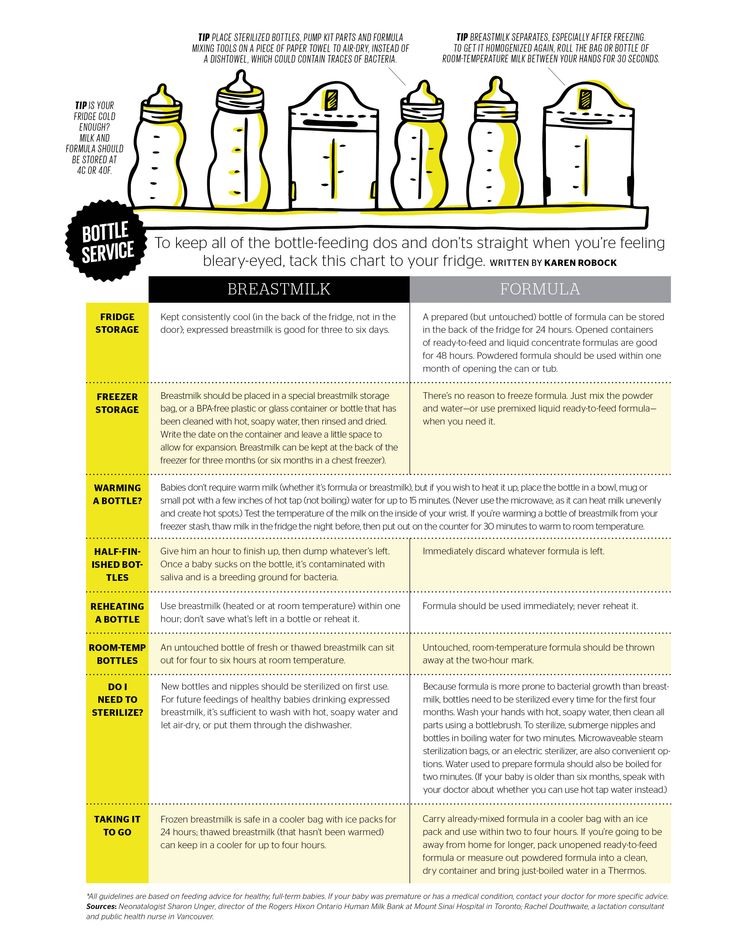
Something else to keep in mind here is the weaning from bottle to sippy cup process. Bottles can interfere with normal teeth development, so it's advised that a child switches to a sippy cup by 18 months. But you don't have to wait until then. Your baby can begin using a sippy cup soon after they begin eating solids — around 6 months, or once they can sit up on their own.
To wean from the bottle to the sippy cup, start by putting a bit of water in the sippy cup to avoid a big mess. It will take your child some time and practice to get the hang of it, but eventually, he or she will become a pro. Sippy cups are generally inexpensive, so it may help to try out a few different kinds to give your baby a chance to find one that they like best.
Do you need to wean from the bottle at the same time as weaning from baby formula? You can. But depending on your child and their temperament, this could make the transition more difficult. If your child struggles to switch off of a bottle and infant formula at the same time, slow things down a bit and just make one change at a time. This will smooth out the adjustments for them.
This will smooth out the adjustments for them.
Change can be difficult, and watching your child grow may make you wish you could slow time down. Before you know it, your baby will become a toddler — ready to graduate from baby formula and food to "big kid" milk and food.
Ultimately, the decision of when to stop feeding infant formula is between you and your baby. Just remember to celebrate each transition on this journey with your not-so-little one.
Still feeling a little unsure? Use our live chat or send us a message. Our Customer Success team of Infant Nutrition Technicians has a top priority to help you provide the best nutrition for your little one.
Up to what age can a child be fed formula milk?
— If breastfeeding is not possible, then formula is the best feeding option for the baby. Often mothers are worried that the mixture is not useful enough, it can be harmful or dangerous. Of course, breast milk is the best food for a baby, but if it is not possible, then there is nothing wrong with the mixture, you should not worry.
To begin with, I would like to say that there is no point in finishing formula feeding as soon as possible. There is no such clear boundary after which it is impossible to feed the baby with a mixture. Usually, the transition from the mixture occurs smoothly, each baby is different. The minimum age up to which it is desirable to feed with an adapted milk formula is 1 year, and then we look at the child.
— How should complementary foods be combined with formula feeding? For example, if a baby at seven months refuses the formula and at the same time eats complementary foods? Is this normal or should I try to keep formula feeding?
- I can't say this is normal. If you take a seven-month-old baby, then no matter what time they begin to introduce complementary foods, by this age he still receives a fairly limited set of products. Therefore, it is impossible to fill all the needs of the child's body with the help of complementary foods. Complementary foods are an intermediate step in the transition to the "adult" table, and the baby still has to receive a huge amount of nutrients from breast milk or from formula. Therefore, I do not recommend removing formula from the child's diet at such an early age.
Therefore, I do not recommend removing formula from the child's diet at such an early age.
– Polina Alexandrovna, when can you switch from formula to kefir and yogurt and how will this affect the child’s digestion?
- By and large, this is not a transition. When we introduce fermented milk products - yogurt or kefir - into complementary foods, the baby usually still receives enough nutrition in the form of a mixture (2-3 feedings). And replacing them with yogurt or kefir would be completely wrong. Despite the fact that these are fermented milk products and some of the proteins in them have already been broken down by the bacteria that are contained there, the protein load remains quite large. And at this age (they are introduced at about 8 months), it would be wrong to consider a fermented milk product several times a day as a complete source of nutrition. It is better to introduce dairy products into the child's diet as one of the additional types of complementary foods along with the milk mixture, which remains in the baby's diet for up to a year. And it is advisable to start not with kefir, but with yogurt - its acidity and composition will be more gentle for a small child. Kefir is better to enter by 9-10 months.
And it is advisable to start not with kefir, but with yogurt - its acidity and composition will be more gentle for a small child. Kefir is better to enter by 9-10 months.
- Let's move on to the older kids. Why is it better for children from one year to use a mixture of the third formula, and not whole cow or goat milk?
-
The protein composition of cow's and goat's milk differs significantly from that of breast milk and adapted formulas based on cow's or goat's milk.
When a child consumes whole milk, there is a risk of getting an excess of proteins and microelements, which is not a very good factor - the child's body begins to intensively remove excess substances. A very large load falls on the kidneys, there is a violation of their function. Microelements are also excreted, which are few, but the child still needs them.
-
Whole cow's and goat's milk is rich in some elements and proteins, but contains quite little in others.

For example, cow's milk is not very rich in iron and goat's milk is not very rich in folic acid. There is an imbalance - the child receives an excess of some substances and at the same time does not receive others. Therefore, adapted milk mixtures are more relevant.
-
When buying whole cow's or goat's milk, you can't always be sure of the quality of the product.
Even when buying on the market in "verified places", no one will give you a guarantee that this milk is really good. No one will talk about how goats and cows are kept, how milk was stored. But when you buy formula milk, you can be sure of its quality - baby food is produced under very strict control.
-
Proper use of the mixture reduces the risk of bacterial growth.
The undoubted convenience of mixtures is that they are usually sold in dry form and diluted immediately before use. Due to this, the risk of reproduction in the product of pathogenic bacteria, which lead to various problems of the baby's gastrointestinal tract, is reduced.

— When can a switch to pure cow's or goat's milk be recommended? It is believed that up to 3 years the child's digestive system does not tolerate them well.
- Yes, indeed, there is such an opinion. I completely agree with him and do not recommend transferring babies under three years old to adult goat or cow milk for the reasons indicated above. It must be understood that if proteins undigested by the baby are retained in the gastrointestinal tract, they remain in the intestinal lumen. And if these are proteins of the casein fraction, they can negatively affect it - irritate the intestinal walls and lead to discomfort. And large molecules that are not crushed by enzymes, but enter the bloodstream, can cause allergic reactions.
It is better not to risk and use those products that are recommended for babies under three years old, namely, special milk formulas. They are adapted to this age, fortified and contain the optimal ratio of proteins and microelements so that the baby gets what he needs, and at the same time does not eat anything extra.
- Is it true that “normal milk is not found now” and the mixture will be healthier for the baby?
— Yes, indeed, when we buy whole milk, it is not always possible to be sure that the milk is produced as they say. Infant formulas are produced under strict control, according to certain technologies. Therefore, of course, there is much more confidence in such products.
— Polina Alexandrovna, there is a myth that if you feed a baby with milk formula for a long time, he will not learn to chew properly. Is this true?
— There is some truth in this. If we feed a child only formula and nothing else, then, of course, he will not learn to chew, because we do not offer him the kind of food that can be chewed. The baby will not learn to chew on its own without your help.
While formula feeding, we start the introduction of complementary foods with a homogeneous puree without pieces. There is nothing to chew there, but when the baby gets used to it, we gradually introduce food with small and soft pieces, then the pieces become larger and harder. And it is thanks to this that the child learns to chew. If, along with this food, the baby receives a milk formula, then, of course, he will not forget how to chew from what he eats from a bottle. Therefore, it is fundamentally important here not how long you feed the formula, but whether you offer the child pieces that he can learn to chew.
And it is thanks to this that the child learns to chew. If, along with this food, the baby receives a milk formula, then, of course, he will not forget how to chew from what he eats from a bottle. Therefore, it is fundamentally important here not how long you feed the formula, but whether you offer the child pieces that he can learn to chew.
Read also
- about what foods to start feeding your baby with and how to combine complementary foods and artificial feeding
— If a child of more than two years old eats formula with pleasure, is it necessary to worry and limit it? Or will he eventually give up on her?
- There is definitely no need to worry, there is nothing wrong with that. If a child receives a mixture adapted to his age (for two years this is the third stage), then, of course, this should not bother you. But you need to regulate the consumption of the mixture.
It is important to be aware that the mixture, although liquid, is a source of a huge amount of nutrients, it has a fairly high calorie content. So this is not a drink that can be consumed up to five times a day. Such a mixture can be equated with a meal and, accordingly, left or introduced into the child's diet adequately to his needs and age norms. A two-year-old child can be given formula for an afternoon snack instead of a dairy product. In this case, this is adequate nutrition adapted to the age of the baby, and he will only benefit from it. There will be harm if this product is abused.
So this is not a drink that can be consumed up to five times a day. Such a mixture can be equated with a meal and, accordingly, left or introduced into the child's diet adequately to his needs and age norms. A two-year-old child can be given formula for an afternoon snack instead of a dairy product. In this case, this is adequate nutrition adapted to the age of the baby, and he will only benefit from it. There will be harm if this product is abused.
— How many times a day should the child be fed the 3rd formula?
- Everything depends not only on the age of the child, but also on how much complementary foods he receives.
-
The child receives a sufficiently large amount of complementary foods.
He receives the main part of his food during the day from complementary foods, there is one milk feeding at night. In this case, we leave the mixture for night feeding.
-
The child is accustomed to getting formula for the afternoon snack.

It will not be a problem at all if he receives the mixture both day and night.
Always start from the needs of the child. For example, if the baby is one year old and he still has two or three milk feedings, then you do not need to strive to quickly get away from the mixture and reduce such feedings to a minimum. Do this when the child is comfortable. That is, there is no such thing that the mixture can be given only at night or only during the day.
— When is it time to completely transfer the child to the "adult" table? How can a mother understand that the child’s body no longer needs the mixture and that he receives all the nutrients from other foods?
— You need to pay attention to a few things:
- consult a pediatrician who can take into account the characteristics of the child and focus on his opinion;
- it would be nice to count calories, proteins, fats and carbohydrates, although it is unlikely that mom will do this;
- analyze how the baby eats, how much food and nutrients he receives with complementary foods.

Based on this, we look at when to move away from formula. But if a 2.5-year-old child uses formula once a day and this is not another extra meal, but the same afternoon snack with fruit or cookies, then everything is quite adequate.
— Polina Alexandrovna, and at the end of the conversation: what is the use of MAMAKO ® Premium mixtures for children and up to what age should they be given?
-
Range 0 to 3 years
— First of all, I would like to note that MAMAKO ® has a specially adapted formula for each age. For babies in the first six months of life - 1, from six months to a year - 2, and for babies older than 1 year - adapted milk drinks marked 3. This, of course, is a big plus, because babies get what they need at each specific age.
-
Saturation of mixtures with useful components
- Secondly, the rich composition of the mixtures is a big plus. Every age child has different needs.
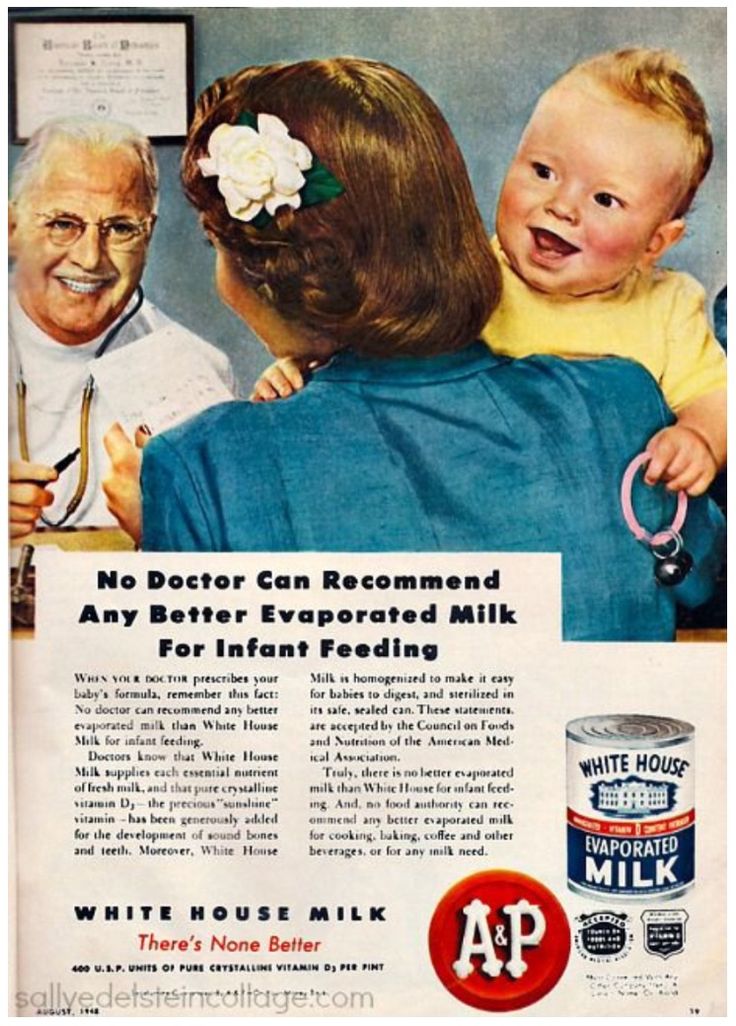 Dry infant formulas MAMAKO ® contain both a complex that supports the development of the nervous system, a complex that protects the eyes, and pre- and probiotics that promote comfortable digestion. Thanks to this enrichment, of course, this mixture is quite useful for the baby.
Dry infant formulas MAMAKO ® contain both a complex that supports the development of the nervous system, a complex that protects the eyes, and pre- and probiotics that promote comfortable digestion. Thanks to this enrichment, of course, this mixture is quite useful for the baby. -
Adequate protein composition
- Thirdly, the protein composition of the mixtures is adapted to the specific age of the baby, which means there is no protein load on the kidneys.
-
Benefits of goat milk
- If we are talking about the basis of the mixture MAMAKO ® Premium - goat's milk, then, of course, it is more preferable for feeding babies than cow's milk. Goat milk proteins have a composition closer to breast milk proteins, and it is easier for a child to digest them than cow milk proteins.
There is no clear boundary when you need to remove the mixture from the child's diet. The minimum is one year, the age when the baby still needs milk feeding. From 1 year to 3 years is the period when you can focus on the desires and needs of the baby, on what is more comfortable for you, and at this time you can continue or complete feeding with the mixture. Most importantly, formula feeding must be adequate so that the baby does not overdo the calories and nutrients.
From 1 year to 3 years is the period when you can focus on the desires and needs of the baby, on what is more comfortable for you, and at this time you can continue or complete feeding with the mixture. Most importantly, formula feeding must be adequate so that the baby does not overdo the calories and nutrients.
* Breast milk is the best food for babies. WHO recommends exclusive breastfeeding for the first 6 months of a child's life and continued breastfeeding after complementary foods are introduced until the age of 2 years. Before introducing new products into the baby's diet, you should consult with a specialist. The material is for informational purposes and cannot replace the advice of a healthcare professional. For nutrition of children from 12+ months. The product is certified.
Up to what age to feed the baby at night and how to replace formula
Infant formula is only a necessary replacement for mother's milk in the absence of sufficient lactation or underweight in the infant. In all other respects, the infant formula feeding algorithm remains the same as with breastfeeding. The baby also needs nightly feedings about every 3-4 hours. This is due to scientifically proven facts. Babies up to a year old have an accelerated metabolism, food is digested faster, and naturally, they experience hunger at night. Also, any anxiety of the baby at night forces him to demand his mother's participation, and of course - food as a sedative. There is even a theory that children are genetically woken up to eat to avoid "Sudden Infant Death Syndrome" in their sleep.
In all other respects, the infant formula feeding algorithm remains the same as with breastfeeding. The baby also needs nightly feedings about every 3-4 hours. This is due to scientifically proven facts. Babies up to a year old have an accelerated metabolism, food is digested faster, and naturally, they experience hunger at night. Also, any anxiety of the baby at night forces him to demand his mother's participation, and of course - food as a sedative. There is even a theory that children are genetically woken up to eat to avoid "Sudden Infant Death Syndrome" in their sleep.
But also can't it continue indefinitely? The child grows, develops actively, from the age of 6 months receives a variety of complementary foods, and over time should form a normal daily routine. And for this you need to figure out: how to wean a child at night to eat the mixture in the most gentle ways.
Up to what age to give formula at night
Experts differ on this issue, but the average age when you can do without night feedings is nevertheless derived. Infants with normal development can sleep peacefully at night without formula 10-12 hours from 9-12 months. Of course, if parents do not consider it necessary to restrict their child in nutrition, they can safely continue to feed their child at night and beyond. But they must be aware that, firstly, over time, these periods of eating become just a habit for the baby. And secondly, mothers should also think about their own well-being after sleepless nights. So, the approximate age of weaning a child from night feedings has been determined, it remains to find out how to replace the mixture for the night after a year for the first time of the transition to a new regimen.
Infants with normal development can sleep peacefully at night without formula 10-12 hours from 9-12 months. Of course, if parents do not consider it necessary to restrict their child in nutrition, they can safely continue to feed their child at night and beyond. But they must be aware that, firstly, over time, these periods of eating become just a habit for the baby. And secondly, mothers should also think about their own well-being after sleepless nights. So, the approximate age of weaning a child from night feedings has been determined, it remains to find out how to replace the mixture for the night after a year for the first time of the transition to a new regimen.
Night formula alternative
Formula feeding formula is extremely nutritious and delicious for your baby. Therefore, the nightly replacement should be unequal, so that the baby subsequently feels that he does not need to wake up for such food. For these reasons, many mothers, thinking about how to replace the mixture for the night, use not the best products.